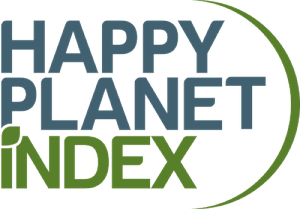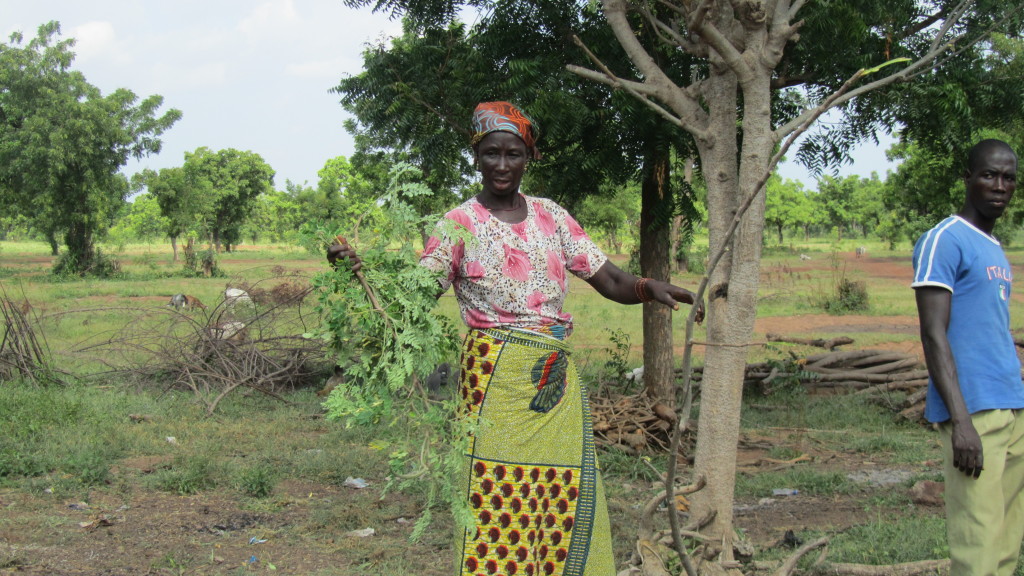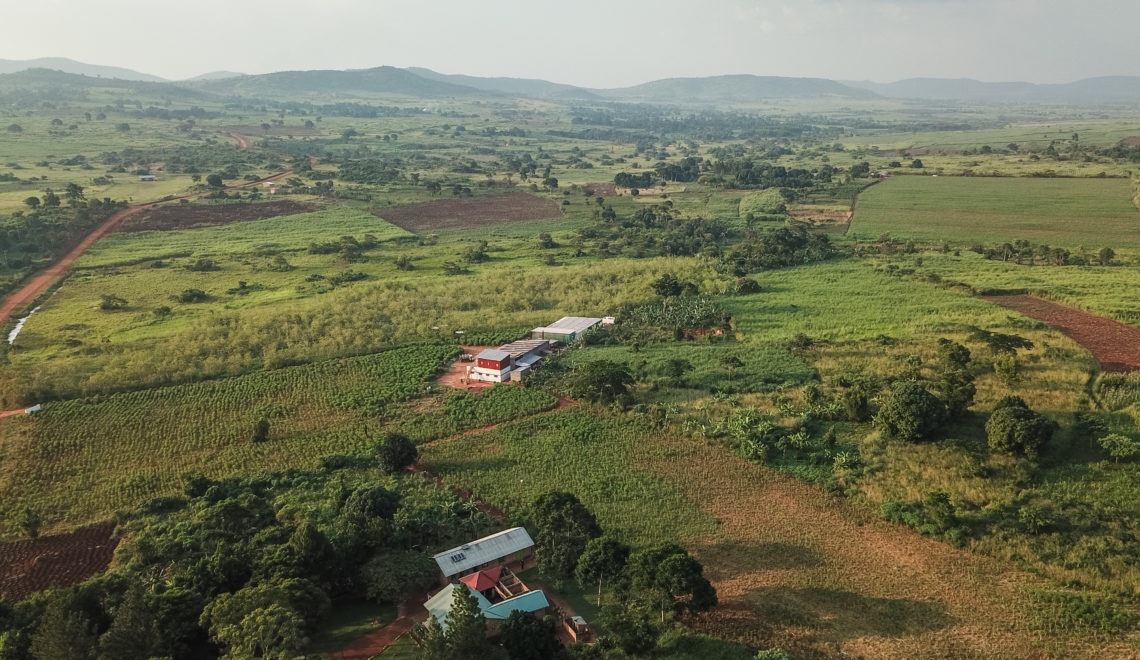
Since Gross Domestic Product (GDP) was first conceived by Simon Kuznets in 1934, it has been utilized worldwide as a general indicator of how well a country is doing economically. Over the course of years, GDP has slowly evolved into a simple measure of human well-being by assuming that if we produce more goods, make more money, and have more stuff, we are better off.
However, as the severity of environmental degradation and climate change becomes increasingly evident, it is now clear that using GDP to measure the welfare of a Nation is inaccurate and ill-advised. In fact, Kuznets himself even warned against using GDP in this manner 80 years ago. GDP does not account for human health, for equality, and especially not for the state of the environment. During his Presidential campaign in 1968, Robert Kennedy famously criticized GDP as being a measure of “everything except that which makes life worthwhile”.
Measuring Wellbeing
This is why in recent years, alternative international measures of wellbeing have been developed to give a more accurate and progressive indication of how well individual countries are doing in the modern world. One of the most prominent is the Happy Planet Index (HPI) which was introduced by Nic Marks of the New Economics Foundation (NEF) in 2006; the HPI bills itself as ‘the leading global measure of sustainable well-being and tosses aside the notion that increased wealth leads to increase welfare.
Instead it measures three different data points to calculate an overall score of happiness: life expectancy in years, ecological footprint in global hectares/capita (the amount of land needed to keep up with consumption rates), and ‘experienced well-being’ which is based on a Gallup Poll which asked respondents to rate where they currently stand in life on a scale of 0 to 10 with 0 being the worst possible life, and 10 being the best possible life. These data are then plugged into an equation which yields the happy planet index on a scale of 0 to 100.
So based on the Happy Planet Index, which countries score well, and which score not so well? As it turns out, countries in mid-stages of development tend to do the best for two reasons. First, high income first world countries score low overall due to their grossly high ecological footprint, on the other hand, low-income third world countries do even worse do to their rock bottom life expectancy. This leaves many countries that have developed enough to have a relatively advanced nutrition and healthcare services, but aren’t yet pumping out fossil fuels, at the top of the HPI table.
Who is the Most Happy?
Coming in at #1 based on 2012 data is Costa Rica with an overall HPI Index of 64.0. Vietnam, Colombia, Belize, and El Salvador ranked at second through fifth highest, respectively. How about the United States? You have to go all the way down to #104 where we sit with an HPI Index of 37.3 and the second highest ecological footprint after Denmark. With a target global HPI Index of 89 by 2050, the HPI really puts into perspective the work that needs to be done over the course of the coming decades to improve sustainability and human health.
Of course, as with GDP, the HPI absolutely should not be used in isolation in determining international welfare. As stated by NEF, “blind pursuit of a single objective, whilst disregarding the means to achieving it, is dangerous”. The HPI is a single tool that can be used in correlation with other statistics as a measure of how the world is progressing. The image below shows how well different countries score on the HPI relative to each other. For a more detailed look at HPI data, please continue on to the HPI site.
Images Copyright 2014 The New Economics Foundation
Sources:
[1] http://www.happyplanetindex.org/
[2] http://www.ted.com/talks/nic_marks_the_happy_planet_index?language=en#t-226400












